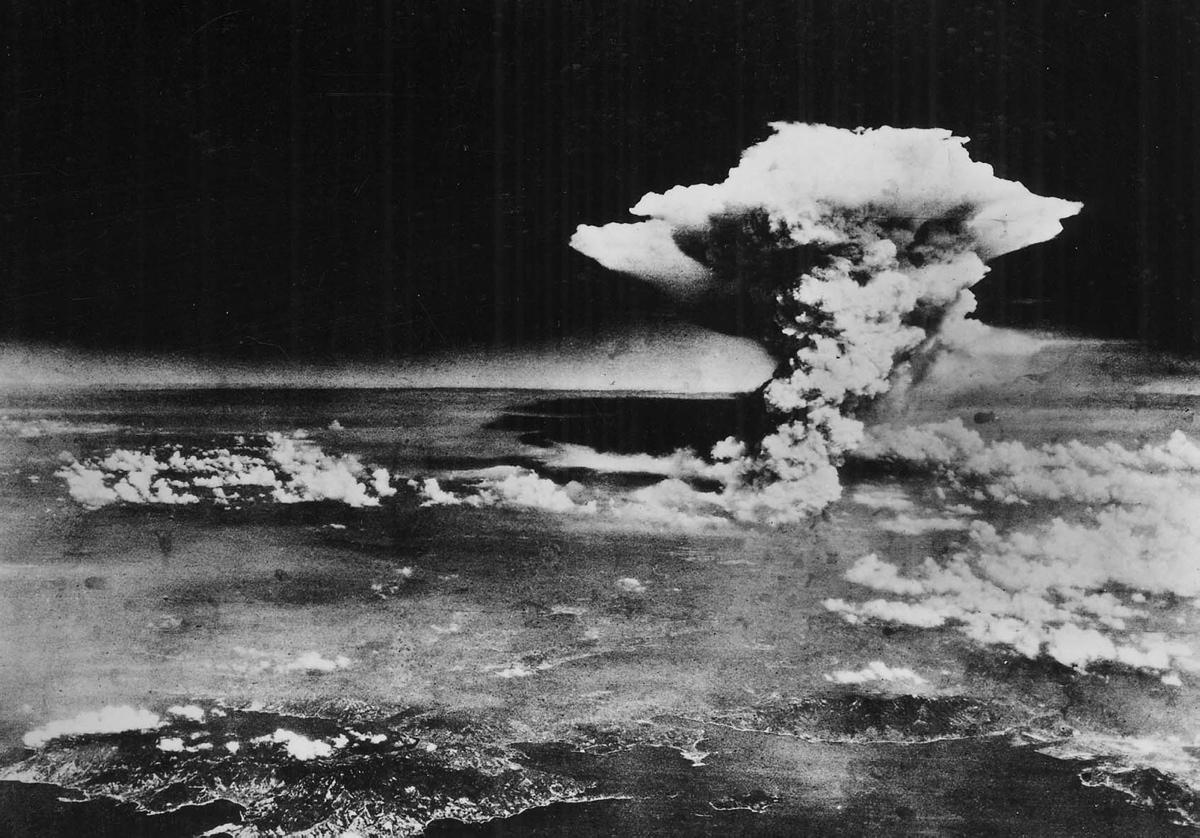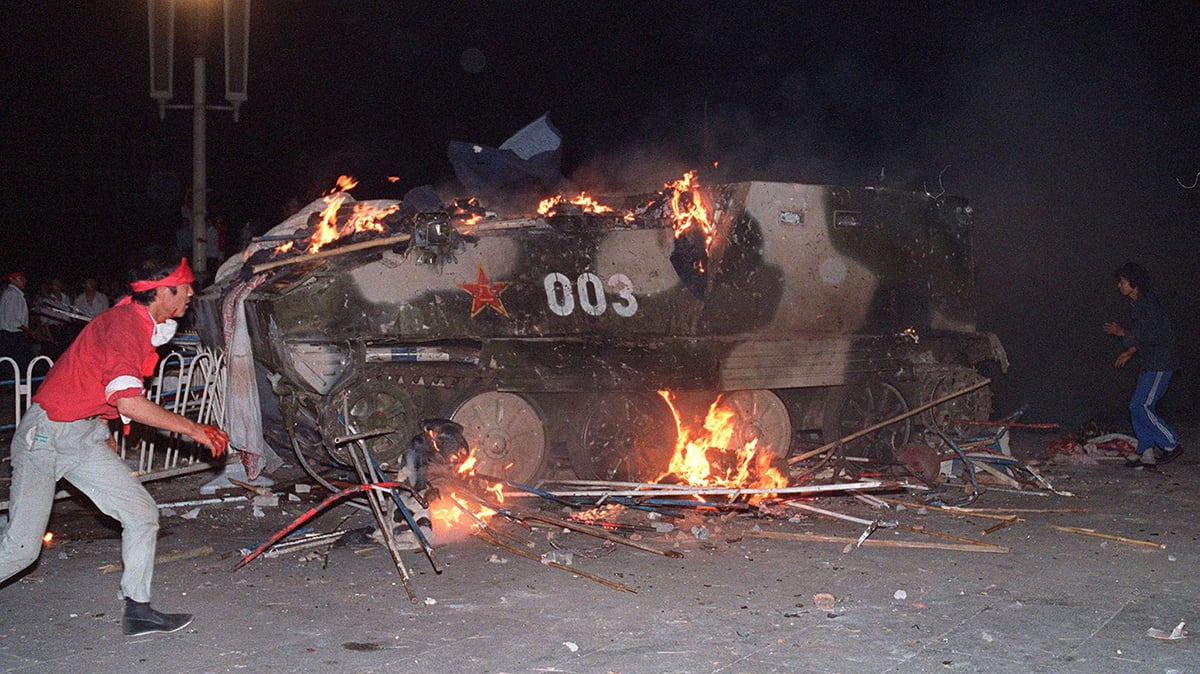The Communist Party of Nepal-Maoist, one of the largest political forces in the country, is leading a boycott of the country’s upcoming Constituent Assembly elections, scheduled for Nov. 19. Thirty-two other political parties initially joined in the boycott movement.
A one-day general strike across Nepal’s urban centers shut down transportation, business, industrial facilities and education houses Nov. 11. This is being followed by a transportation strike to last through election day. The state has responded with violent repression, arrests and raids against strike and election boycott organizers. The government’s election “security” plan involves the deployment of 61,000 soldiers across the country along with 54,000 police, 20,000 paramilitary Armed Police Force officers and 40,000 temporary police, a blatant violation of the Comprehensive Peace Agreement that ended the 1996-2006 People’s War led by the Maoists.
There have been scores of arrests targeting CPN-M cadre. Many activists were dragged from their homes in the middle of the night without official warrant.
The first Constituent Assembly, tasked with drafting a new constitution, was constructed after a 10-year armed struggle led by the Communist Party of Nepal (Maoist). That struggle led to the 2006 “People’s Movement 2,” which finally overthrew the brutal feudal monarchy headed by King Gyanendra. The Constituent Assembly’s term finally expired in 2012, after multiple extensions, without having produced the constitution. This left Nepal in a state of political limbo that the ruling elites hope to break with the second CA election on Nov. 19.
The CPN-M argues that the election is a plot, primarily authored by India, to impede Nepal’s self-determination. There is a long history of Indian expansionism infringing on the sovereignty of smaller South Asian nations–the classic example being the annexation of Sikkim in 1975. The ruling classes of Nepal and India coordinate closely, with the latter playing the dominant role while subjecting the former to unequal trade terms.
The first CA election in 2008 fulfilled a key demand of the communist-led People’s War: abolishing the monarchy and breaking up the feudal land holdings. These were key tasks of the country’s bourgeois democratic revolution, along with the demand for a federal system that respected the rights of Nepal’s many nationalities. The stated doctrine of the Maoists was that this stage would facilitate, not impede, the ultimate seizure of power by the workers and peasants.
The Unified Communist Party of Nepal (Maoist)–which added the word “Unified” after a series of controversial mergers–enjoyed the prestige of leading the People’s War and scored huge electoral victories.
Sharp differences among communist forces
Since the declaration of a republic and the electoral gains, however, sharp differences and splits have broken out among communist forces over how to press forward. Many experienced and dedicated revolutionary cadre became disillusioned with the dominant UCPN (M) factions led by Prachanda and Bhattarai, who they accused of selling out the long-term objectives of socialism. Led by Kiran, these forces, who wanted to continue the revolution, split and established the CPN-M last year. This is the group leading the electoral boycott and protest.
The CPN-M argues that the UCPN (M) leaders Prachanda and Baburam Bhattarai treated the new bourgeois-democratic government as an end in itself, disarming and demobilizing the revolutionary forces for the next phase of struggle. For instance, under the Comprehensive Peace Agreement that ended the civil war, the Maoists’ People’s Liberation Army was to be integrated in bulk into the government’s army to neutralize this formerly reliable pillar of the old regime. Prachanda and Bhattarai’s approach to army integration resulted in the liquidation of the PLA, with only a small fraction of its soldiers being scattered throughout different units of the national army, and almost no officer positions for former PLA members..
The institutions of popular power and people’s courts that the Nepalese people had fought and died for were disbanded. These leaders also called off an indefinite general strike in May, 2010 as it approached a full-scale insurrection.
The revolutionaries of the CPN-M consider the newest Constituent Assembly elections a ploy meant to buy time for the capitalists and landlords to stabilize the uncomfortable power vacuum that currently exists. Where the ruling class sees crisis, the CPN-M sees an opportunity to renew and intensify the mass struggle. They have adopted a strategy of “people’s revolt on the foundation of people’s war,” arguing that an insurrection based in the urban centers of Nepal to decisively capture state power for the oppressed is what is needed to advance the revolutionary process. This insurrection would be made possible by the accumulated experience and prestige won by the revolutionaries over the course of the People’s War.
The UCPN (M), on the other hand, believes that the seizure of power at this moment would be premature. They point to a poor international situation–there is no longer a bloc of socialist countries that would support a revolution in Nepal–as well as the underdeveloped state of the Nepalese economy to support their cautious approach. Instead, they believe it is their task to lead a “capitalist economic revolution” and develop the industry necessary for the transition to socialism.
Each revolution faces a unique set of historical tasks and objective conditions. However, groups that have in the past adopted the “stageist” approach of drawing a hard dividing line between the anti-feudal tasks of a democratic revolution and the anti-capitalist tasks of a socialist revolution have ended up abandoning revolution altogether. These tasks are distinct, but the history of revolution in underdeveloped countries in the 20th century shows that the bourgeois democratic revolution can be carried out with the workers and peasants in a position of state power.
While in normal times revolutionaries often make use of bourgeois elections to expose the limits of democracy and popularize the socialist program, in a climate of revolutionary crisis the task of revolutionaries is posed differently. After decades of determined struggle and deep political commitment to socialism, the people of Nepal have become deeply frustrated with broken promises and slow change. Parliamentary half-measures will not be enough. The election boycott represents a heroic attempt to reinvigorate the struggle for socialism.





